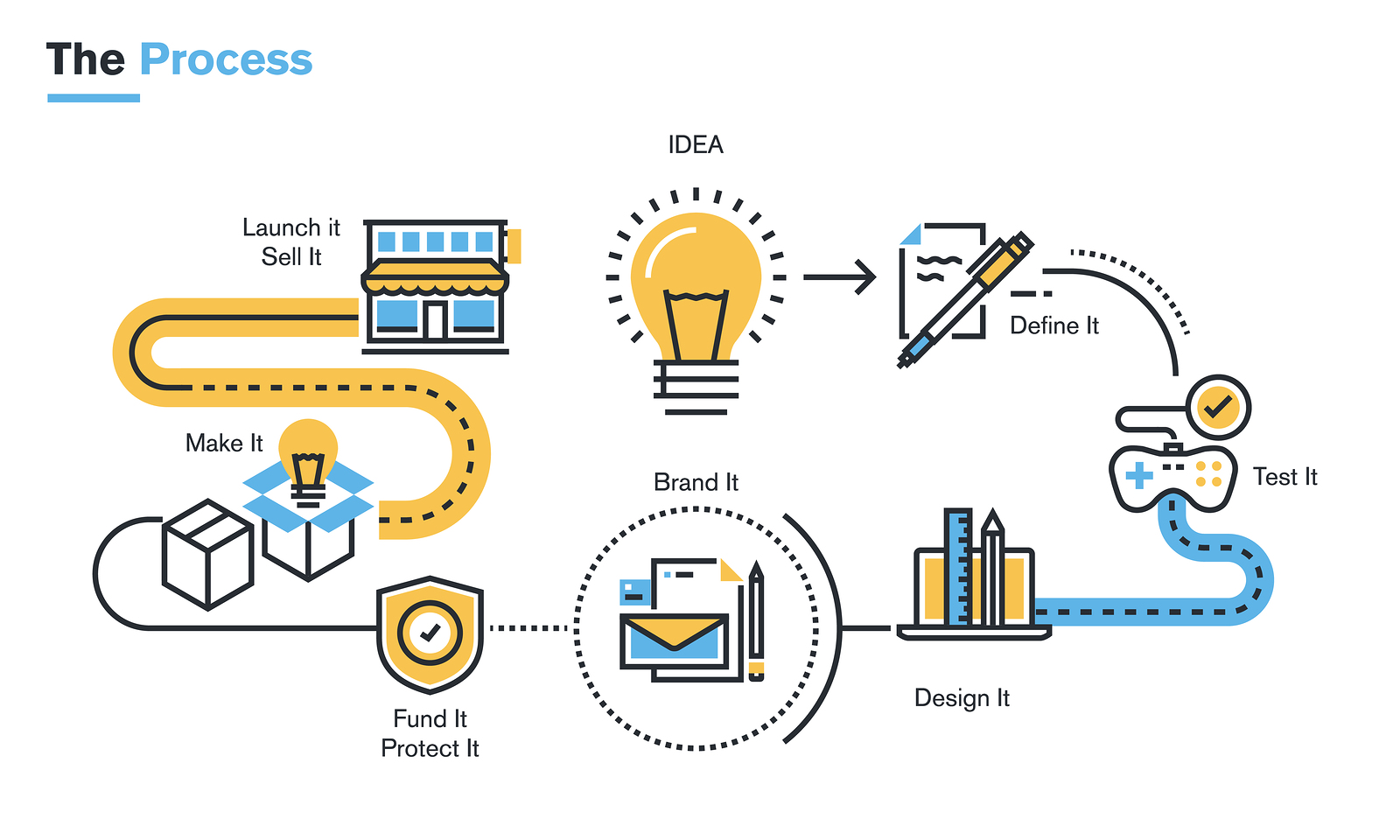
Engineers, designers, and marketers are all skilled at optimization.
For example, direct marketers are experienced at split testing value propositions by sending a different offer to two similar groups of customers so that they can measure differences in the response rates of the two groups.
Engineers, of course, are skilled at improving a product’s performance, just as designers are talented at making products easier to use. All these activities in a well-run traditional organization offer incremental benefit for incremental effort.
As long as we are executing the plan well, hard work yields results.
However, these tools for product improvement do not work the same way for startups.
If you are building the wrong thing, optimizing the product or its marketing will not yield significant results.
A startup has to measure progress against a high bar: evidence that a sustainable business can be built around its products or services. That’s a standard that can be assessed only if a startup has made clear, tangible predictions ahead of time.
In the absence of those predictions, product and strategy decisions are far more difficult and time-consuming.
I experienced as a startup founder that engineering team “isn’t working hard enough.”
When I meet with the teams, there are always improvements to be made, but invariably the real problem is not a lack of development talent, energy, or effort.
Cycle after cycle, the team is working hard, but the business is not seeing results. Managers and founders trained in a traditional model draw the logical conclusion: our team is not working hard, not working effectively, or not working efficiently.
Thus the downward cycle begins: the product development team valiantly tries to build a product according to the specifications it is receiving from the creative or business leadership.
When good results are not forthcoming, business leaders assume that any discrepancy between what was planned and what was built is the cause and try to specify the next iteration in greater detail.
As the specifications get more detailed, the planning process slows down, batch size increases, and feedback is delayed. If a board of directors or CFO is involved as a stakeholder, it doesn’t take long for personnel changes to follow.
Often I realised that fault is not in the engineers/product development; it is in the process the whole company is using to make decisions.
Often companies have customers but did not know them very well. They were deluged with feature requests from customers, the internal sales team, and the business leadership.
Every new insight became an emergency that had to be addressed immediately. As a result, long-term projects were hampered by constant interruptions.
Even worse, the team had no clear sense of whether any of the changes they were making mattered to customers.
Despite the constant tuning and tweaking, the business results were consistently mediocre. Observing milestones prevent this negative spiral by emphasizing a more likely possibility: the company is executing—with discipline! —a plan that does not make sense.
The innovation accounting framework makes it clear when the company is stuck and needs to change direction.
A startup’s life, the product development team often are incredibly productive because the startup founders had identified a large unmet need in the target market.
The initial product, while flawed, was popular with early adopters. Adding the major features that customers asked for seemed to work wonders, as the early adopters spread the word about the innovation far and wide.
But unasked and unanswered were other lurking questions:
Did the company have a working engine of growth?
Was this early success related to the daily work of the product development team?
Did the company have a working engine of growth?
Was this early success related to the daily work of the product development team?
In most cases, the answer was no; success was driven by decisions the team had made in the past. None of its current initiatives was having any impact. But this was obscured because the company’s gross metrics were all “up and to the right.”
As we’ll see in a moment, this is a common danger. Companies of any size that have a working engine of growth can come to rely on the wrong kind of metrics to guide their actions.
This is what tempts managers to resort to the usual bag of success theatre tricks: last-minute ad buys, channel stuffing, and whiz-bang demos, in a desperate attempt to make the gross numbers look better.
Energy invested in success theatre is energy that could have been used to help build a sustainable business. So try to avoid this trap to save your startup company.
Comments
Post a Comment